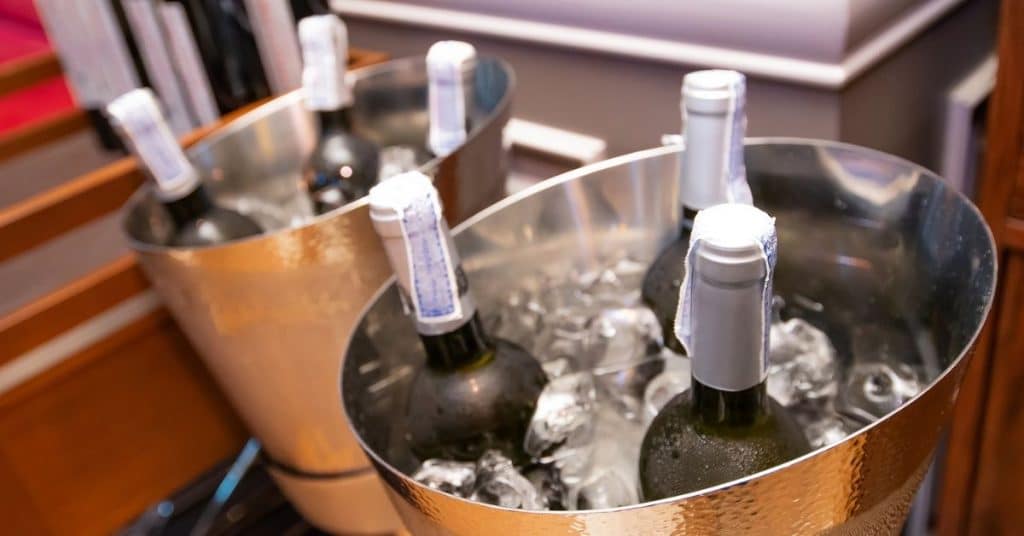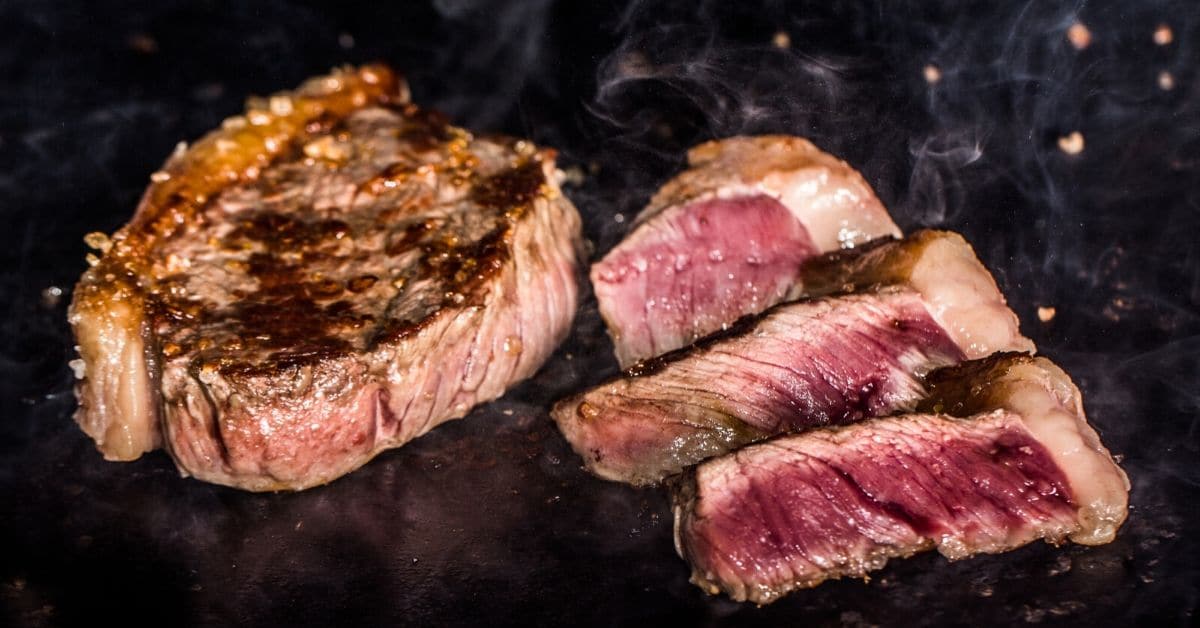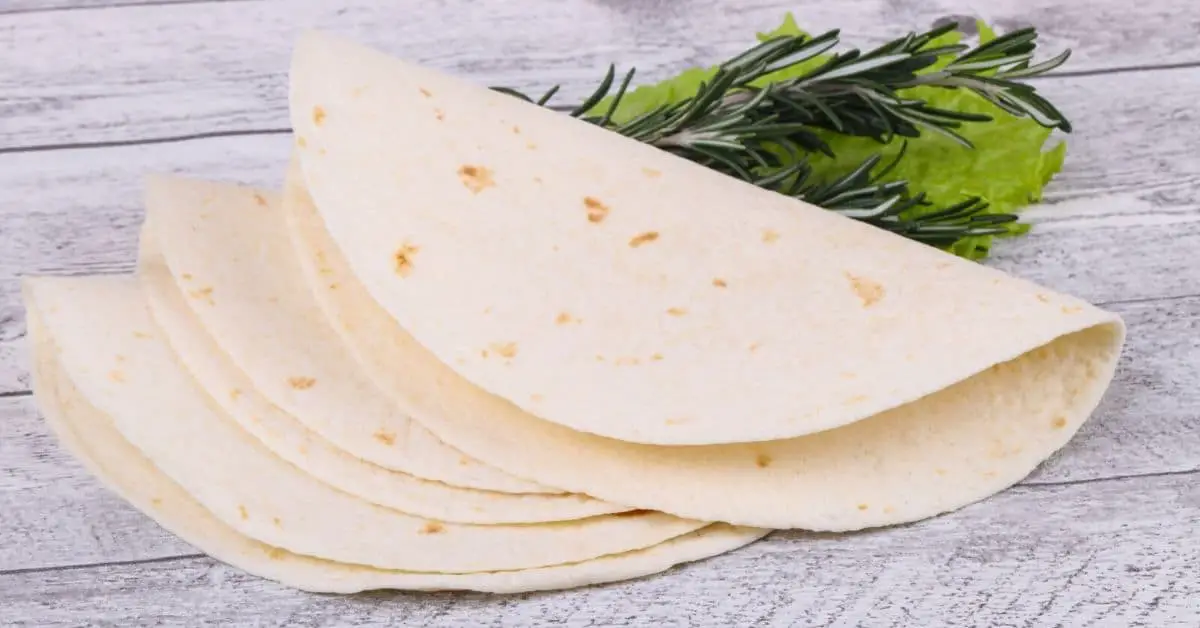In short, yes, you can freeze wine, but it may take longer to harden due to its alcohol content. While it can be used for drinking, it’s best suited for cooking or preserving cheaper brands.
Whether you are left with a few half-empty bottles from a party, or accidentally forgot a bottle of wine you were chilling in the freezer, you may be wondering whether wine can actually be frozen successfully to preserve it for later use.
If you are someone who uses wine mostly for cooking, it may also be a handy option to keep a stash in the freezer rather than seeing it go to waste.
There are a few things you will need to consider when freezing wine. Here is everything you need to know about freezing, thawing, and using leftover wine.
Does Wine Freeze?
So, can wine be frozen? Yes, you can freeze wine, however, it has a lower freezing point than water due to its alcohol content. Wine will set at the freezing temperature of most home freezers, however, it will take longer to harden.
An open bottle of wine will oxidize over time and freezing it may preserve its integrity better than keeping it in the refrigerator.
Wine that has been stored in the freezer can still be used for drinking, however, you may find that the flavor is not as distinct as a newly opened bottle and may prefer it for use in cooking.
Enhanced wines like port, vermouth, and sherry have a long shelf life and won’t need to be frozen.
Freezing wine is mostly recommended for cheaper brands where you are not so much concerned about preserving its character and are not going to notice any changes after adding salt, butter, and garlic when used in cooking anyway.
How To Freeze Wine
We do not recommend freezing wine in the bottle. The liquid will expand as it freezes which means you risk the bottle cracking and being left with small glass shards in your freezer, or in the wine.
Step 1: Determine the Quantity
Determine whether you need to freeze wine in small or large quantities,
If you are planning to use a large amount for cooking at a time, you can simply freeze 1 to 2 cups of wine in a single freezer-friendly container, leaving a small amount of headspace at the top of the container before closing.
To freeze small amounts, an ice cube tray or muffin tray is ideal. It is preferable to use silicone molds as opposed to hard plastic ice cube trays or metal muffin trays to prevent sticking and color staining.
Step 2: Decant
Pour the wine into the chosen molds. Do not fill the molds to the brim as the liquid will expand on freezing. Place the ice cube tray or muffin tray on a baking sheet to keep it level while freezing and prevent wine from spilling in the freezer.
Step 3: Cover
Cover the top of the ice cube tray with plastic wrap and gently press down so that it lightly touches the top of the wine. This will prevent ice crystals from forming which may affect the quality of the wine due to freezer burn.
Step 4: Pre-freeze
Place the tray in the freezer until the wine is fully frozen. Since it solidifies at a lower temperature than water due to the alcohol content, the wine will take longer to freeze; so give it enough time. It will also not freeze quite as hard.
Once the wine cubes are frozen solid, remove the ice cube tray from the freezer.
Step 5: Bag it
Remove the ice cubes from the mold and pack them into a resealable freezer bag. Press out any excess air from the bag before sealing. The less contact the wine has with air during storage, the better the quality will remain.
If you have trouble removing the wine cubes from the ice tray, you can place the entire tray into a resealable freezer safe bag to ensure the wine remains protected from contact with air.
Keeping the wine cubes in the tray may be a better option considering that wine does not freeze as hard as water and may fracture and break when you try to remove them.
Step 6: Label and Freeze
Label the freezer bag or container with the date so that you can keep track of how long it has been stored and place it in the freezer.
How To Thaw Frozen Wine
If you are cooking with the frozen wine, you can add it straight to the pot from frozen and let it defrost during the cooking process. Add a few minutes to the cooking time to compensate for the drop in temperature. One standard ice cube is equivalent to around two tablespoons of wine.
Alternative ways to defrost wine is to let the wine thaw in the refrigerator overnight or place it in an ice bucket. Wine doesn’t like drastic changes in temperature, so unless you are cooking with it, let it thaw slowly.
Types of Wine
Wine is made by fermenting grape juice in a process where yeast interacts with the sugar in the grapes. Different types of grapes and yeast produce different styles of wine.
Although there is an endless variety of wine, it is usually classified into one of the following categories: red wine, white wine, sparkling wine, rosé, and dessert wine.
In general, red wine is paired with bold-flavored meats such as red meat, and white wine is served with fish or chicken.
Wine is not only served to drink with a meal, or enjoyed on its own, but is often used for cooking, sauces, marinades, dressings, desserts, and even vinegar.
FAQs
Conclusion
Leftover wine can be used to make wine vinegar, marinades, salad dressings, stews, sauces, wine jelly and so much more.
So, if the party is over and you don’t know what to do with 5 bottles of half-used leftover wine, don’t throw it away. Who wants to see wine go to waste? Freeze wine for cooking, sauces, mixed drinks, or our favorite way—a wine slushy.
Be sure to decant the wine into freezer-friendly, airtight containers rather than just popping the bottle into the freezer. Not only will the wine quality be better preserved but you also don’t run the risk of cracked bottles and corks popping out during freezing.
You will still get 6 months’ worth of delicious flavor into your cooking from the leftovers.
See more:
*Image by PhaiApirom/depositphotos









